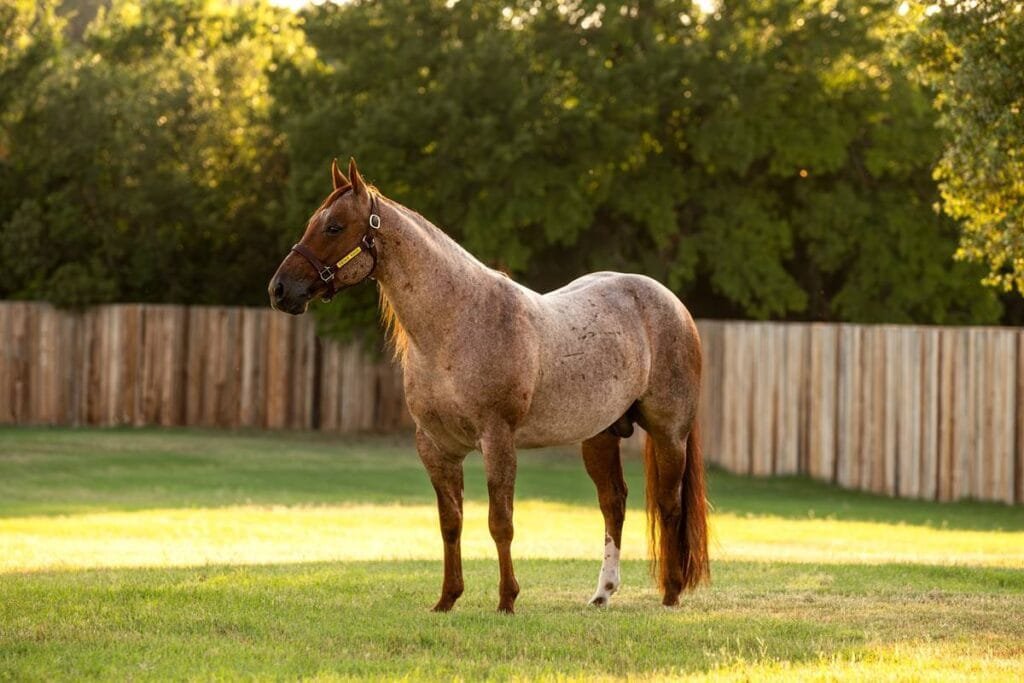The Western Sudan pony is a remarkable and resilient breed of horse that originates from the western regions of Sudan
Known for its adaptability and stamina, this pony is well-suited to the challenging environments of the region.Western Sudan pony is more than just a breed of horse; it is a symbol of endurance, adaptability, and cultural significance. Its ability to thrive in challenging environments and its gentle nature make it a treasured asset to the communities that rely on it. By supporting conservation efforts, we can help ensure that the Western Sudan pony remains a living testament to the rich heritage and traditions of Sudan.
History
The Western Sudan pony has a deep-rooted history in the western regions of Sudan, where it has been integral to the nomadic lifestyle for centuries. Originating from the challenging climates of the Sudanese savanna, this breed evolved to endure extreme temperatures and limited vegetation. Historically, it has been used for various tasks including transportation, load carrying, and livestock herding. The pony’s resilience and versatility made it invaluable to local communities. Despite modernization and environmental changes, efforts are ongoing to preserve this breed, highlighting its cultural and historical importance as a symbol of endurance and adaptation.
Feature details
| Feature | Details |
|---|---|
| Origin | Western regions of Sudan |
| Height | 12 to 14 hands high (48 to 56 inches at the shoulder) |
| Build | Strong and sturdy, compact body with well-muscled legs |
| Coat Colors | Bay, chestnut, black, grey |
| Temperament | Calm, gentle, friendly, cooperative, intelligent |
| Adaptability | Thrives in harsh climates, endures high temperatures, grazes on sparse vegetation |
| Primary Uses | Carrying loads, pulling carts, herding livestock, transportation, hunting, ceremonial activities |
| Cultural Significance | Integral to the cultural heritage of Sudan, used by nomadic communities |
| Conservation Status | Facing challenges from modernization and land use changes; conservation efforts are ongoing |
Appearance
The Western Sudan pony is a small to medium-sized horse, typically standing between 12 to 14 hands high (48 to 56 inches at the shoulder). Despite its modest size, it has a strong and sturdy build. Its coat can come in various colors, including bay, chestnut, black, and grey. The breed’s legs are well-muscled, and it has a compact, powerful body that helps it navigate rough terrains.
Temperament
One of the most notable traits of the Western Sudan pony is its calm and gentle temperament. These ponies are known for their friendly and cooperative nature, making them excellent companions for both children and adults. They are also highly intelligent and easy to train, which is a significant advantage for their use in various tasks.
Adaptability
The Western Sudan pony is incredibly adaptable. It has evolved to thrive in the harsh climates of Sudan, where temperatures can soar and water is scarce. This breed is well-suited for long journeys and can endure conditions that might be challenging for other horses. Its hardiness and ability to graze on sparse vegetation make it an ideal choice for the nomadic lifestyles of the region’s people.
Uses
Historically, the Western Sudan pony has been used for a variety of purposes. In its native region, it is employed as a workhorse for tasks such as carrying loads, pulling carts, and even herding livestock. Additionally, it has been a valuable mount for riders, whether for transportation or for traditional activities such as hunting and ceremonies.
Conservation and Future
The Western Sudan pony is an integral part of the cultural heritage of Sudan. However, like many indigenous breeds, it faces challenges from modernization and changes in land use. Conservation efforts are essential to ensure that this unique breed continues to thrive. There are ongoing initiatives to promote the breed, increase awareness, and preserve its genetic diversity.




